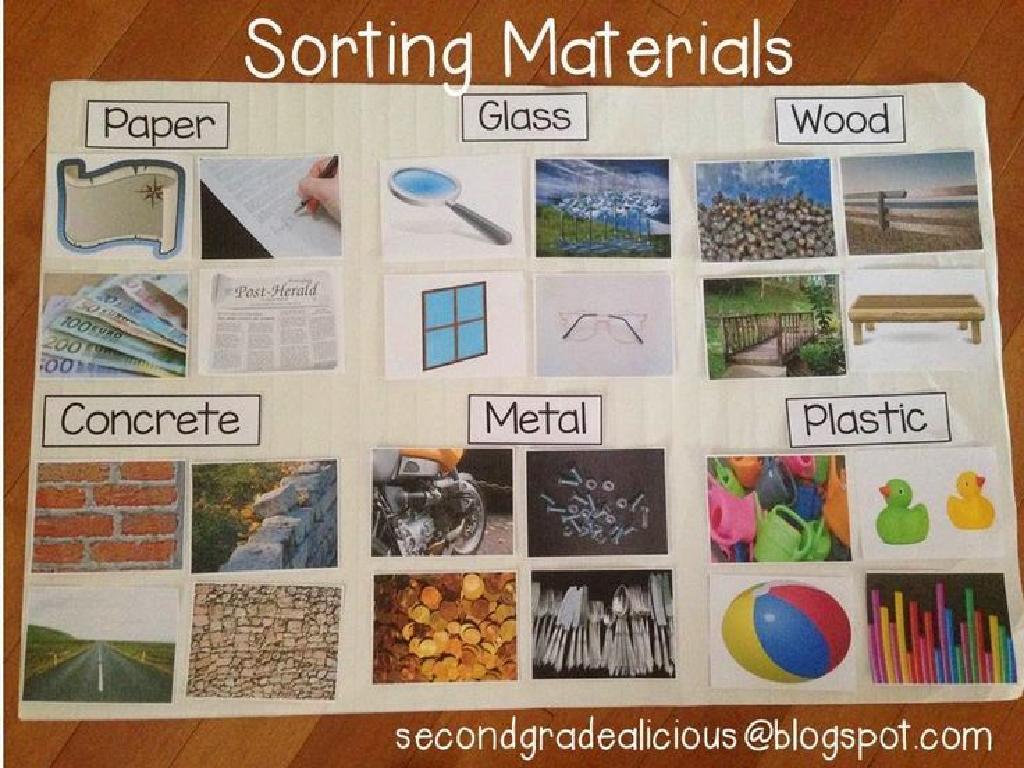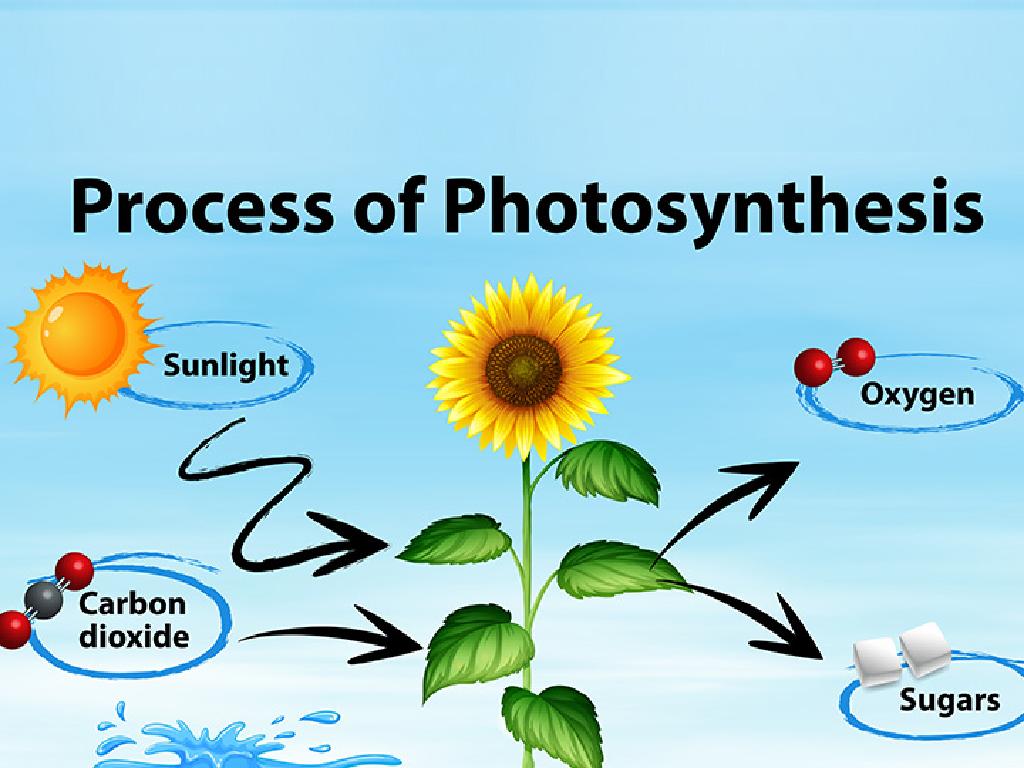Identify And Correct Inappropriate Shifts In Verb Tense
Subject: Language arts
Grade: Eighth grade
Topic: Verb Tense And Mood
Please LOG IN to download the presentation. Access is available to registered users only.
View More Content
Mastering Verb Tenses
– Understanding verb tenses
– Verb tenses indicate time of action or state of being.
– Importance of tense consistency
– Consistent tense keeps writing clear and logical.
– Overview of verb tenses
– Past, present, future tenses form the backbone of English grammar.
– Recognizing tense shifts
– Inappropriate shifts can confuse readers; learn to spot and fix them.
|
This slide introduces the concept of verb tenses to the students, emphasizing the importance of using the correct tense to convey the time of action or state of being. It’s crucial for students to understand that maintaining the same verb tense in their writing helps to keep their narrative or argument logical and easy to follow. Provide an overview of the basic tenses: past, present, and future, and explain how each is used. Highlight the common mistakes of shifting tenses mid-sentence or paragraph, which can lead to confusion. Use examples to illustrate how to identify and correct these shifts. Encourage students to be mindful of their verb tense usage in their writing assignments.
Recognizing Verb Tense Shifts
– Understanding verb tense shifts
– A shift occurs when the tense changes unexpectedly in a sentence or passage.
– Inappropriate tense shift examples
– ‘I ate dinner and then I will watch a movie.’ The shift from past to future is incorrect.
– Detecting shifts in writing
– Read sentences carefully to spot the change in tense, which can confuse readers.
– Strategies to maintain tense consistency
– Use the same tense throughout a passage unless there’s a time change that justifies a shift.
|
This slide introduces students to the concept of verb tense shifts and how to identify them in writing. Verb tense shifts occur when there is an unnecessary change in tense within a sentence or passage, which can lead to confusion for the reader. By providing clear examples, students can see common mistakes and learn to avoid them. The slide also offers tips on how to detect and correct these shifts, emphasizing the importance of maintaining tense consistency to ensure clarity in their writing. Encourage students to practice by revisiting their own work to identify any inadvertent shifts and to correct them.
Mastering Verb Tense Consistency
– Rules for tense consistency
– Always match the tense to the time frame of the action or state of being.
– Strategies for tense maintenance
– Reread sentences to ensure the tense matches throughout the text.
– Practice identifying tenses
– Determine the tense used in examples and explain why it’s used.
– Correcting tense shifts
– Identify and fix sentences that incorrectly shift tense.
|
This slide aims to teach students the importance of maintaining verb tense consistency in their writing. Start by explaining the rules for keeping the same tense throughout a text, emphasizing that the tense should reflect when the action or state of being occurs. Share strategies such as rereading work to check for accidental shifts in tense. Engage students with practice exercises where they identify the tense in sample sentences, discussing the context that dictates the tense used. Finally, have students practice correcting sentences that contain inappropriate tense shifts, reinforcing their understanding of tense consistency. This exercise will enhance their ability to write clearly and coherently.
Understanding Tense Shifts: When Are They Acceptable?
– Recognizing valid tense shifts
– Shifts in tense can be correct if they align with the time frame of actions or events.
– Examples of correct tense usage
– ‘I will finish my homework, and then I watched a movie.’ Shift to past tense to indicate a sequence of events.
– Contextual clues for tense changes
– Clues like time indicators signal when shifts are appropriate.
– Guidelines for tense consistency
– Maintain the same tense to avoid confusion unless a shift is justified by a change in the time frame.
|
This slide aims to clarify when tense shifts are appropriate in writing. Students should understand that while maintaining the same tense is generally the rule, there are exceptions. For example, when indicating a sequence of events that spans different time frames, a shift in tense can be correct. Provide examples where tense shifts occur naturally and are necessary for clarity. Discuss how time indicators within the text can signal a need for a tense change. Emphasize the importance of context in determining the appropriateness of a tense shift. Encourage students to practice by identifying and correcting inappropriate tense shifts in sample sentences, ensuring they can discern when a shift is justified.
Group Activity: Verb Tense Consistency
– Work in small groups
– Identify tense shifts in a paragraph
– Look for verbs that don’t match the main tense
– Rewrite paragraph with consistent tense
– Ensure all verbs are in the same tense as the main narrative
– Share your revised paragraph
|
This group activity is designed to enhance students’ understanding of verb tense consistency within a paragraph. Divide the class into small groups and provide each with a paragraph that contains inappropriate shifts in verb tense. Students will collaborate to identify these shifts and rewrite the paragraph, ensuring all verbs reflect the correct tense. After the activity, each group will present their corrected paragraph to the class, allowing for discussion and reinforcement of the concept. As a teacher, facilitate the activity by providing guidance on identifying the main tense of a paragraph and deciding which tense to use when making corrections. Encourage students to explain their thought process during the sharing session to deepen their understanding.
Individual Practice: Mastering Verb Tenses
– Complete verb tense exercises
– Apply learned strategies
Use context and timeline cues to determine the correct tense.
– Correct any tense shifts
Look for changes in time and adjust verbs accordingly.
– Get ready for class review
|
This slide is designed for students to apply their knowledge of verb tenses through individual practice. The exercises will reinforce their ability to recognize and correct inappropriate shifts in verb tense, which is crucial for writing coherently. Encourage students to use strategies such as identifying the general time frame of the text and ensuring all verbs are consistent within that frame. After completing the exercises, students should be prepared to discuss and review the answers as a class, which will provide an opportunity for peer learning and further clarification. As a teacher, be ready to facilitate the discussion, highlight common errors, and praise correct usage to reinforce learning.
Review and Reflect: Verb Tense Consistency
– Review practice answers
– Discuss importance of tense consistency
– Consistent verb tense avoids confusion and maintains clarity in writing.
– Reflect on verb tense lessons
– Understanding how shifts in tense can change meaning and disrupt the reader’s experience.
– Plan application in writing
– Use learned skills to edit and improve your own writing pieces.
|
This slide aims to consolidate the students’ understanding of verb tense consistency. Begin by reviewing the answers from the individual practice exercises, ensuring that students understand the corrections made. Emphasize the importance of maintaining the same verb tense to keep writing clear and logical. Discuss how inappropriate shifts in verb tense can confuse readers and detract from the message. Encourage students to reflect on the lessons learned about verb tense and to think about how they can apply these rules to their own writing. As a class, brainstorm strategies for identifying and correcting tense shifts in their work. Provide examples of sentences with inappropriate shifts and have students correct them. This will help reinforce their understanding and application of consistent verb tense in writing.
Class Activity: Mastering Verb Tense Consistency
– Write a short story with consistent tense
– Keep the same tense from start to finish
– Volunteer to share your story
– Who would like to read their story aloud?
– Reflect on the use of verb tense
– Think about how the tense affects your story’s clarity.
|
This activity is designed to help students practice maintaining a consistent verb tense in their writing, which is crucial for clarity and coherence. Students should write a short story on a topic of their choice, ensuring they stick to either past, present, or future tense throughout. Encourage them to check their work for any accidental shifts in tense. After writing, ask for volunteers to share their stories with the class. This will provide an opportunity for peer learning and for students to see practical examples of tense consistency. As a teacher, be prepared to offer positive feedback and gentle corrections. Possible variations of the activity could include writing from different perspectives, using different tenses, or rewriting a known story in a different tense.






